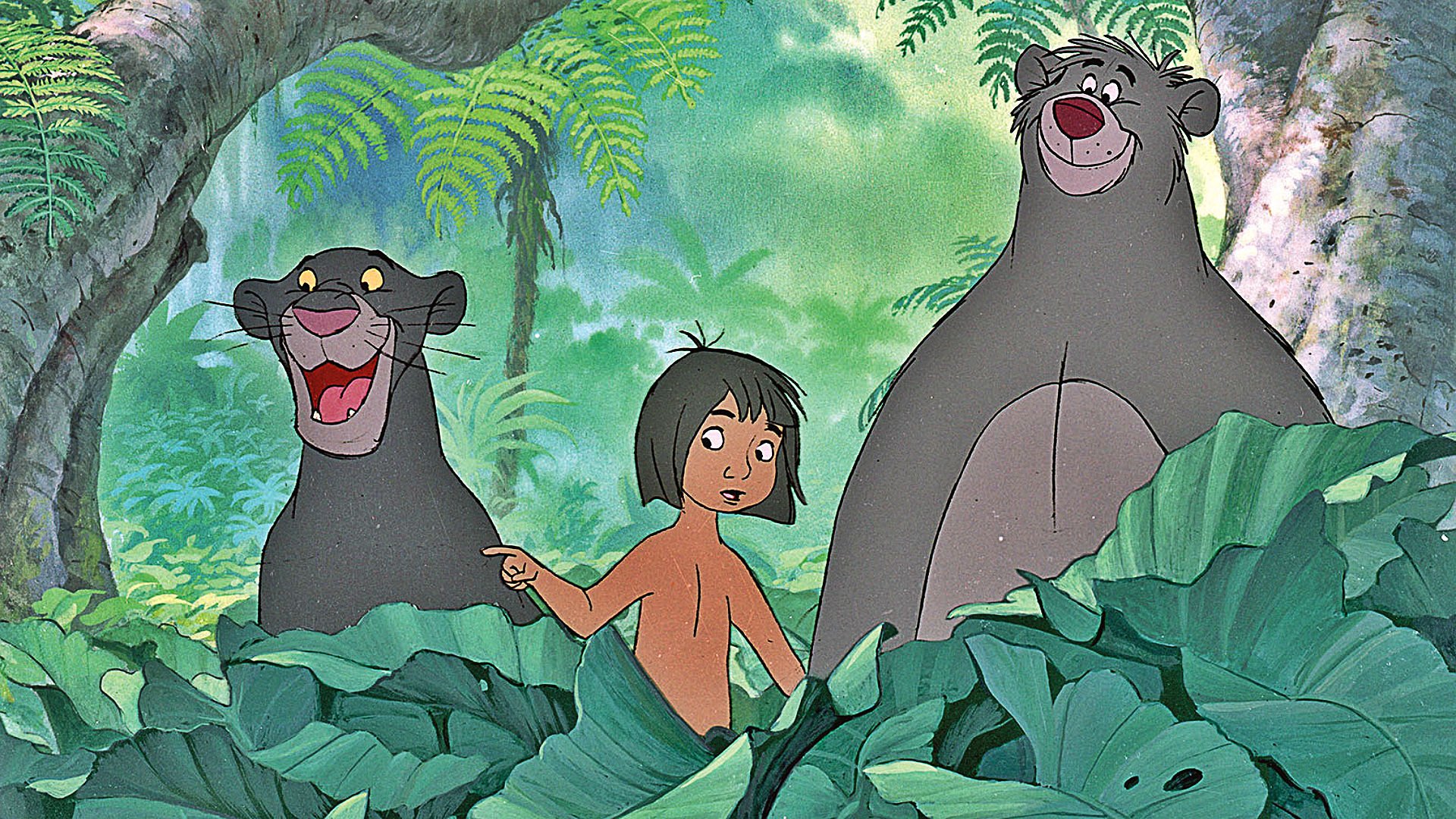

Optics and neurology are pretty amazing, right? Essentially, our eyes blend images viewed in rapid procession so that the brain perceives them as one continuous visual in motion. How do flipbooks actually work? At a high enough speed, a sequence of pictures looks like they’re moving due to an awesome scientific phenomenon called persistence of vision. Think of them as super low-tech GIFs, without the computer to do the animation part. Later on, devices were created to do the “flipping” for the viewer.

#FLIP BOOK MAKER DISNEY SERIES#
The earliest flipbooks allowed the spectator to flip rapidly through a series of static images in booklet form. Flipbooks are essentially a rudimentary form of visual animation. With these advancements in photographic technology, it was only a matter of time before flipbooks arrived on the scene. Maddox’s new process made “instantaneous” snapshot exposures practical and easily repeatable-the two keys to widespread adoption. Not until Richard Leach Maddox’s 1878 invention of a heat-ripened gelatin emulsion did the masses begin to pursue photography. With daguerreotypes, storytellers could supplement text with pictures from real life instead of simple “plates” or line drawings.ĭaguerreotypes were great for professionals who had the right equipment and setup to process images, but the technology wasn’t ready for consumer primetime. While inventors dabbled with photography as early as 1816, it wasn’t until Louis Daguerre created the first practical photographic process in 1839, which he called daguerreotypy, that real-world image capture really began to take off. The interactive timeline below highlights some of the key inventions during this period. At the same time, visual media underwent a renaissance as photographic and animation technologies evolved. This era of rapid advancement paved the way for vast improvements in print media in the late 1800s. Flipbooks: The Great-Grandpappy of GIFsīefore we talk about flipbooks, we have to rewind the clock to the Industrial Revolution. We’ll explore the inventions that paved the way for flipbooks take a look at today’s digital flipbooks and consider other modern storytelling formats that can help you bring your content to life. In this article, I’d like to take you on a brief excursion back in time. But there’s still something special about flipbooks as a format. Today, we have a wealth of advanced technology to help us create animations and interactive content.

#FLIP BOOK MAKER DISNEY HOW TO#


 0 kommentar(er)
0 kommentar(er)
